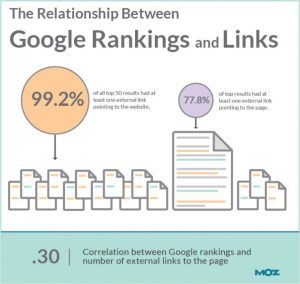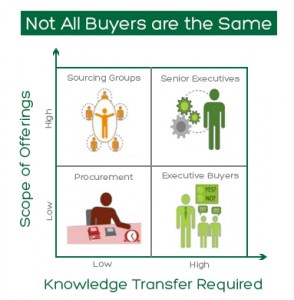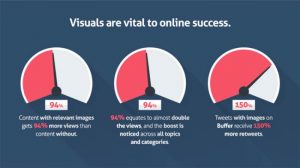CTO Stephan Pretorius lifts the curtain on the holding company’s large-scale training plans and sheds light on how his team is able to break down barriers across business units.
Last month, WPP, the holding company for multiple agencies and networks including Oglivy, GroupM and Kantar, released its annual results for 2019. The company put forth a number of objectives across various business units, but one line especially caught our eye: “In the next two years, we plan to train 50,000 people to be able to articulate the power of artificial intelligence and its value to clients, and to accredit 5,000 data scientists, engineers and creative technologists in the key marketing technologies.”
Training a full staff on AI is no easy task, but to undertake an initiative to train 50,000 people is something that takes enormous coordination.
Martech training: It takes a village
“Our AI skills development program is very exciting and spans executive education,” said WPP’s CTO Stephan Pretorius. To make its AI training goals a reality, WPP is currently developing a graduate diploma with Oxford Saïd Business School and rolling out a data science academy created in partnership with General Assembly. The company has also developed its own AI Demystified course for non-technical staff.
“It takes some passionate, dedicated people to plan and roll out these programs, but most importantly, it requires curious and open-minded employees with a hunger for learning,” said Pretorius.
Even before announcing its plans to train more than 50,000 people on AI programs, WPP already offered several certification opportunities for staff.
“In terms of marketing technology, Google Marketing Platform, Adobe Experience Cloud (including Magento and Marketo) and Salesforce (Marketing, Commerce, Service etc) are the largest, and we have a continuous program of training and certification across our agencies running on these,” said Pretorious. Beyond martech, the company’s biggest cohort of certifications involves Adobe Creative Cloud, which Pretorius says is used by almost half of its global organization every day.
Breaking down tech barriers
Pretorius attributes WPP’s technology achievements to the company’s ability to bring together various business units, creating an internal tech community of sorts that addresses technology endeavors.
“The key to success has been to bring the full organization on the journey with us,” said Pretorius, “We formed a group-wide Technology Council compromising of the CTOs and product leads from all the agencies to build a robust community and accelerate collaboration.”
His group includes a central CTO organization of approximately 30 people focused on four key areas:
- Scaled global partnerships with partners like Google, Facebook, Amazon, Microsoft, Adobe, Salesforce and IBM.
- Distributed innovation, an initiative that is centered on accelerating and industrializing innovation across WPP’s agencies.
- Deep specialization which involves developing skills in modern marketing technologies, cloud and creative technologies, and digital media platforms. This is where the company’s training component fits in to its overall technology objectives.
- WPP’s OPEN platform, a shared platform where business units are able to access data, applications and solutions across WPP’s tech landscape, as well as from the company’s technology partners.
The CTO says that WPP’s technology capability is crucial to the company’s long-term competitiveness and differentiation.
Spreading data and analytics across the organization
The bulk of WPP’s data and analytics resources sit within the company’s agencies which include GroupM, Wunderman Thompson, Ogilvy, VMLY&R and AKQA. The agency teams spend their time delivering client projects, while WPP, the holding company, exists to support the agencies and ensure they have the best tools, training and data sets that enable them to do their work.
“We’ve integrated our data and analytics capabilities directly into our agencies as opposed to creating a separate, specialist delivery organization,” said Pretorius, “We believe almost religiously in this approach as all modern marketing execution needs data and technology to be successful.”
The necessity of partnerships
Pretorius calls his teams Scaled Global Partnerships” a key element of WPP’s overall strategy, and says the company committed a lot of work last year to better structure their partnerships and make them more holistic.
“In most cases, WPP spends very significant media dollars with these partners and in many cases they are also clients of WPP for marketing services (media planning, creative etc),” said Pretorius, “It made a lot of sense to broaden these relationships further and invest in joint product development, leverage their data and technology assets better in the work we do, and make sure our people are trained properly on their platforms.”
This strategy has benefited WPP two-fold: enhancing the relationships and work they do with their partners and increasing client success across their partner platforms. Pretorius calls it a fantastic, virtuous circle.
“We talk about our mission being ‘Creativity driven by technology’, so this is not an add-on or a nice-to-have. It is imperative that we succeed,” said Pretorius. Defining and delivering WPP’s technology strategy falls primarily on his shoulders, but the CTO says he relies heavily on his CIO partner, as well as the company’s chief client officer, chief marketing officer and chief talent officer, “Digital transformation is very much a team sport!”
Marketing Land – Internet Marketing News, Strategies & Tips
(58)
Report Post







